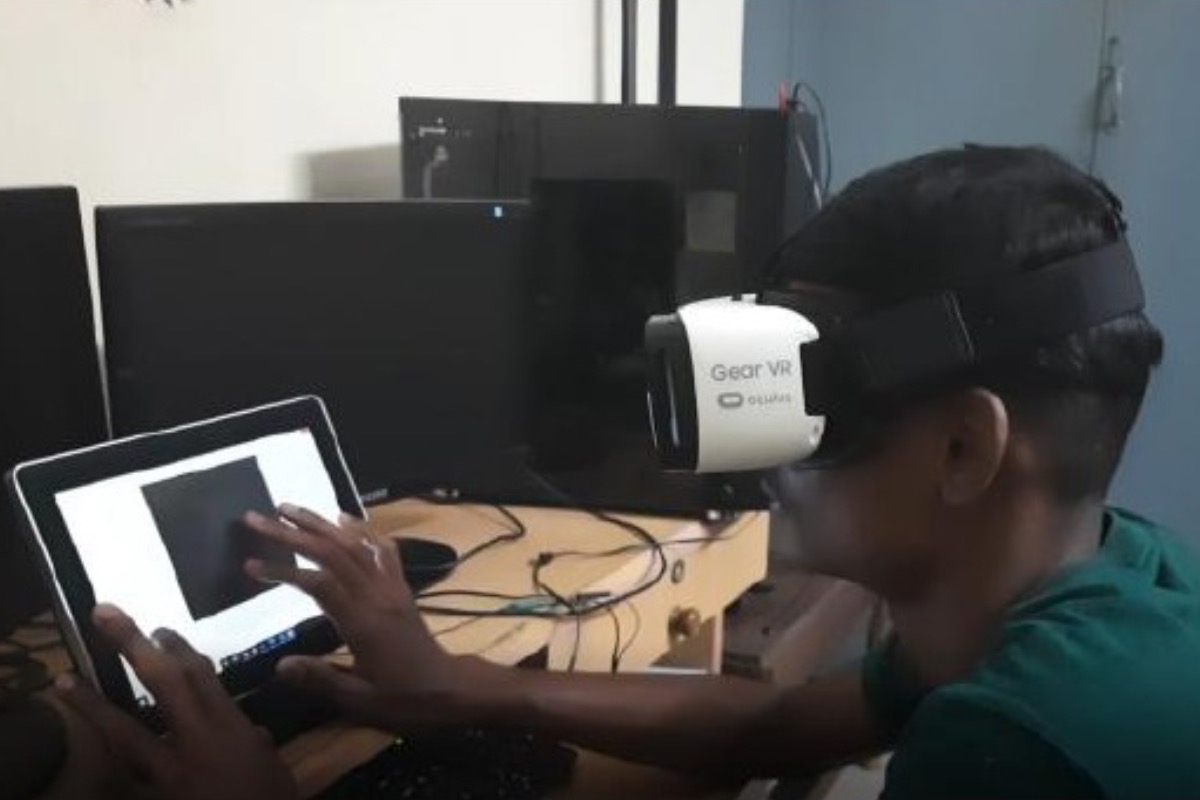

In a technological innovation that could transform the way you interact with smartphones, Indian researchers have developed a new touchscreen display technology which enables users to feel the texture of images as their fingers move across the touch surface.
Existing touchscreens can only sense your location of finger touch.
Developed by researchers at the Indian Institute of Technology (IIT), Madras, the interactive touch active display is known as ‘iTad’.
The researchers have created different textures such as crisp edges, switches and rich textures that range from smooth to gritty, said officials at IIT Chennai, adding that a new level of interaction comes alive on smooth physical surfaces.
Currently, computer touchscreens can only sense the position of your fingers on the screen but offer no feedback. The interaction with computers becomes experiential when it starts giving feedback.
“There are no moving parts in iTad. Instead, an in-built multi-touch sensor detects the movement of the finger and surface friction is adjusted via software,” said Prof. M Manivannam, who leads the development efforts.
He said that the textures are created by controlling electric fields through a physical phenomenon known as ‘electroadhesion’.
Highlighting the massive impact that the technology could have on electronic appliances, Prof. Manivannan said: “This is the era of iTad. The technology can take the online shopping experience to the next level.”
“We can touch and feel things before we buy from e-commerce platforms. Around 30 per cent of returns to online shopping are due to the mismatch of user experience, their expectation is different by looking at the images online.”
Dr PV Padmapriya, CEO of Merkel Haptics, the technology incubation hub of IIT-M, said that the touchscreen prototype can be made into a product within a year.
“Our aim is to make a small device, similar to a computer mouse, on everyone’s desk to add to the experience. We have been field testing and providing valuable feedback to the researchers at IIT Madras on improving the functionality of the technology,” Dr Padmapriya informed.
The possible applications of the new touchscreen technology include automotive, consumer electronics, digital signage, home automation, medical, industrial, gaming, and as an aid for visually challenged persons.
Explaining how ‘iTad’ is different from contemporary technologies, Prof Manivannan said: “iTad is unlike anything else on the market today because it combines multi-touch sensing with haptics on the same layer.”
At the moment, the feedback from touchscreens available in the market is limited only to vibrations like in mobile phones, which are called ‘Vibrotactile.’ A resonating voice coil is used for providing the smartphone’s familiar buzz of alerts and confirmations.
Textures and haptic effects, particularly big and curved displays, can be harmonised across size, shape and surface. Every texture effect created through iTad can be felt with the swipe of a finger.